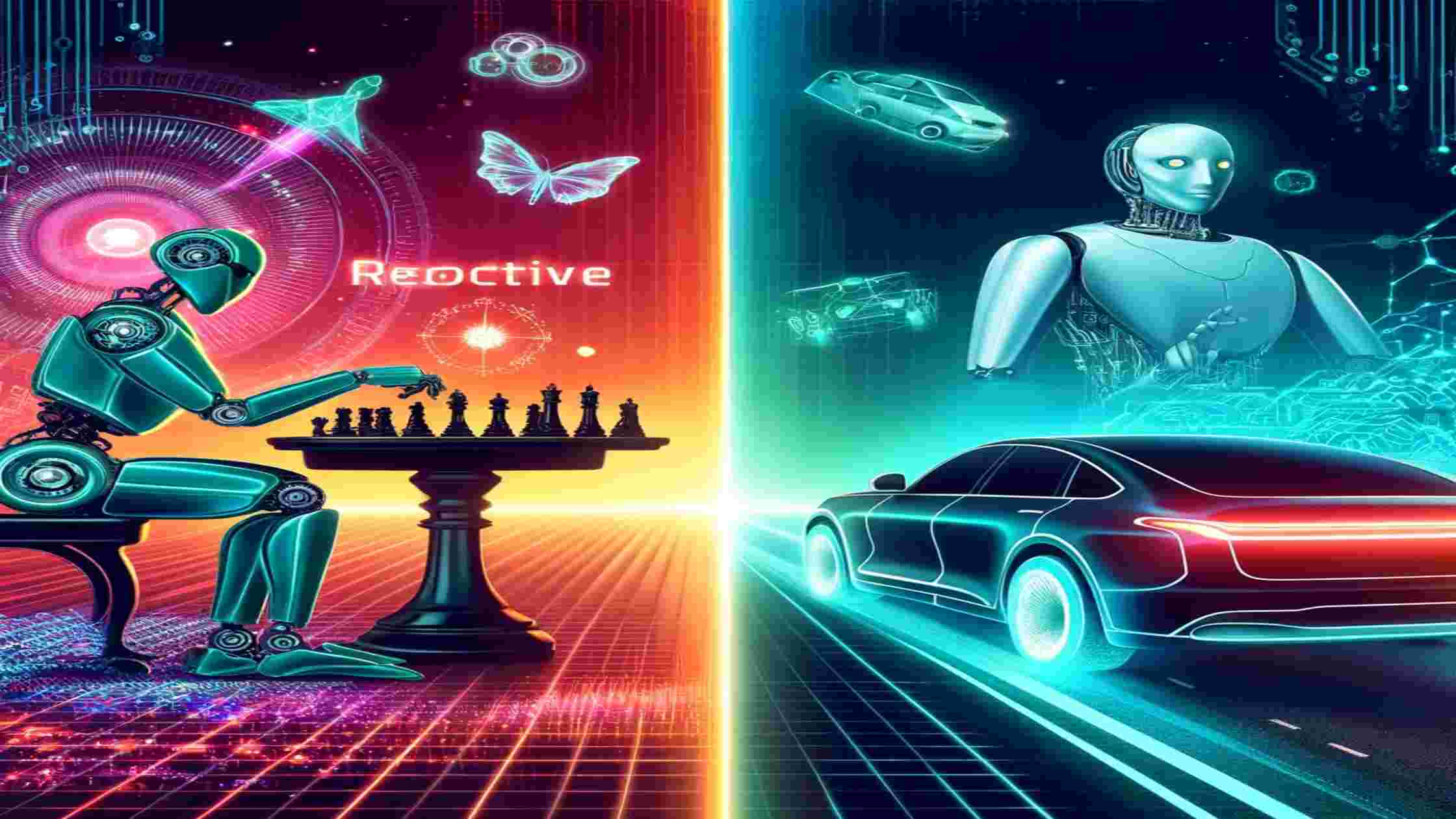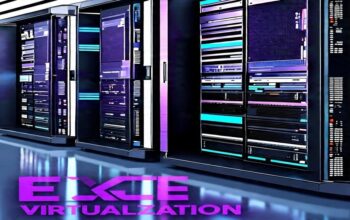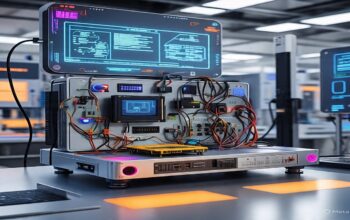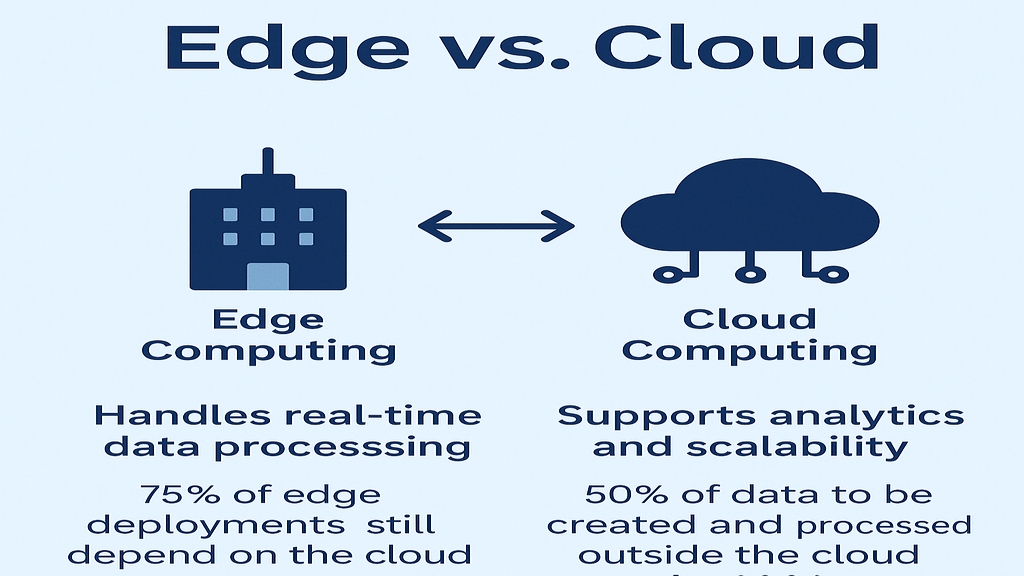Artificial intelligence is changing industries, providing a better customer experience and telling us about the future of technology. As AI evolves, so does its ability to understand and adapt to the world around it. Two major behavioral models that define how AI systems function are described as reactive and proactive. Understanding the difference between these two models can be effectively important for both developers and users who wish to harness AI in specific applications. In this blog post, we are going to dig into the main difference between reactive and proactive AI by seeing how each of the models functions, their respective strengths and weaknesses, and just where each might be suited best.
Covered Contents
ToggleWhat is Reactive AI?
Reactive AI refers to systems that are reacting to external stimuli or inputs based on predefined rules and algorithms. In this case, AI agents react to their environment without the possibility of anticipating the future course of events or making decisions based on long-term strategies. In a word, they are reactionary; they simply react to what is happening in their immediate surroundings.
For example, a chess-playing algorithm like IBM’s Deep Blue that tries to evaluate and respond to the state of the board because of moves from its opponent is a classic reactive AI. Though the AI may be using extremely complex calculations and several strategies within its confined scope, it does not plan a few moves. Instead, it reacts according to the current state and adjusts.
Key Characteristics of Reactive AI:
-Reactive AI systems operate strictly on the input they receive at that moment. There is no prediction of further actions but responses to the immediate.
-Rule-based Behavior: The behavior of reactive AI mainly depends on previously set rules and patterns based on algorithms formulated by developers.
-Limited Adaptability: Reactive AI systems do not “learn” from past experiences as proactive systems do. Their decision-making process does not change unless manually updated or reprogrammed.
-Less Computational Power: These systems are less resource-intensive because they do not have to predict or analyze multiple future scenarios. They simply follow the program’s instructions.
What is Proactive AI?
Unlike reactive AI, proactive AI is aimed to not only respond to current stimuli but also, at a later point in the future, predict future events or needs. Proactive AI systems can take actions before time based on such experiences learned by predictive modeling and even inferred patterns. These AI agents are anticipatory as they look at data and environments to predict the possible outcomes and act accordingly, usually before an external stimulus is received.
For example, take the case of self-driving cars. Reactive AI can only make a car stop once it has seen an obstacle in the road. However, proactive AI can allow the car to predict traffic patterns, detect possible hazards, and even change its driving behavior before such hazards appear.
Key Features of Proactive AI
– Anticipatory Action: It does not wait for external triggers but predicts future situations and acts to mitigate or capitalize on them.
– Learning and Adaptation: These AI systems use machine learning and deep learning techniques to evolve based on experience. They improve their decision-making ability based on observing patterns in the data.
– Resource Intensive: Proactive AI is usually more demanding on the computational resources as they need to continuously work with data analysis, prediction models, and adaptive algorithms.
– High Flexibility: Proactive systems are more flexible and able to alter their behavior over time, making them best suited for complex environments where the future conditions are unknown.
Point of Difference Between Reactive and Proactive AI
Here’s a short table summarizing the differences between Reactive AI and Proactive AI:
Aspect |
Reactive AI |
Proactive AI |
Behavior |
Responds to immediate inputs or stimuli. |
Anticipates future events and takes preemptive actions. |
Decision-Making |
Rule-based and event-triggered. |
Prediction-based, adapts and learns over time. |
Learning & Adaptability |
Does not learn or evolve unless reprogrammed. |
Learns and adapts using machine learning and data. |
Complexity |
Simple and less resource-intensive. |
More complex, requiring advanced algorithms and computational power. |
Applications |
Customer chatbots, simple games, industrial robots. |
Self-driving cars, healthcare diagnostics, personalized assistants. |
Resource Consumption |
Low, fewer data processing needs. |
High, requires continuous data analysis and prediction. |
Use Case |
Best for rule-based, straightforward tasks. |
Best for dynamic environments requiring foresight and adaptability. |
Behavioral Approach
-
Reactive AI follows a simple, rule-based approach to decision-making, where responses are triggered by specific events or conditions. For example, a virtual assistant may respond only after the user asks a question.
-
Proactive AI takes a more complex approach involving prediction and forecasting. It can initiate actions before being prompted, such as a recommendation engine that suggests content based on past behavior or a smart thermostat that adjusts temperatures before you manually do so.
Learning and Adaptability
– Reactive AI is not learning or improving unless explicitly programmed to do so. It works in a fixed set of conditions or environments and does not evolve.
– Proactive AI, on the other hand, learns. These systems use machine learning algorithms to analyze data, learn from it, and adapt their responses based on new information. For example, proactive AI used in fraud detection evolves as it encounters new fraudulent patterns over time.
Complexity
– Reactive AI is pretty simple in development and operation because it does not have to process and predict vast amounts of data. It usually needs lesser computational power as this is not required.
– Proactive AI is more complex, requiring advanced algorithms with large datasets and high computational power to analyze and predict various outcomes. This complexity, however, is accepted for the ability to anticipate future conditions and produce better decisions in given situations.
Resource Consumption
– Reactive AI requires fewer resources because it acts on a “reactive” basis. The AI only needs to process inputs once something happens, and it usually operates based on a fixed set of algorithms.
– Proactive AI demands much more resources because it has to constantly scan data, make predictions, and adjust to the latest information available. This is significant processing and memory usage that would be involved in handling big data inputs.
Applications
– Reactive AI is used to create systems in which quick and rule-based decisions are required for a system like customer support chatbots, very simple video games, or automated faults or abnormalities found in manufacturing processes.
– Proactive AI, having the ability to predict and adapt, occurs more in sophisticated systems, which include autonomous vehicle systems, predictive maintenance, and personalized marketing to financial forecasting systems.
Use Cases of Reactive and Proactive AI
Reactive AI Use Cases:
– Customer Support Chatbots: Many basic chatbots use reactive AI to answer simple customer queries. They provide responses based on preset questions or keywords and do not anticipate the user’s needs beyond the immediate input.
– Industrial Automation: Robots on an assembly line using reactive AI can perform specific tasks when prompted but do not adjust their behavior based on any predictive data.
– Game AI: AI in video games, such as NPCs, is commonly reactive, which means that they will interact with the player in real-time using rules or algorithms without any foresight.
Use Cases of Proactive AI
– Self-driving cars: These cars rely on proactive AI that can foresee what’s ahead: traffic, pedestrians, and everything else, allowing them to decide how to move forward based on what might happen next.
– Healthcare Diagnostics: AI can predict the disease or health risks with the detection of early symptoms before they turn critical by using patient data and medical history, as well as other variables.
– Personal Assistants: Smart assistants like Google Assistant or Alexa achieve this with proactive AI that tries to predict user needs based on previous interactions and contextual data, providing suggestions before being asked for.
Which is better: reactive or proactive AI?
This depends on the type of application or problem at hand. For example, in very simple task-based operations, if there is no necessity to predict conditions and response time is critical, then reactive AI might be more apt. It’s cost-effective and less resource-demanding and, thus, best for straightforward applications.
The scenarios in which the need for predicting, adapting, and making decisions long-term is indispensable require proactive AI. It becomes very important when it comes to dynamic, complex environments where success depends on forecasting future outcomes.
Conclusion:
Reactive AI and proactive AI are two different approaches to artificial intelligence. Each has advantages, limitations, and use cases. Reactive AI is most suited to an environment where there is a need for immediate rule-based responses. On the other hand, proactive AI is more suitable for environments where anticipation, adaptation, and long-term learning are necessary. The two models will increasingly be blended in the future because systems are expected to use reactive and proactive behaviors to solve more complex problems.
This will ensure that developers better understand when and how to apply each type of AI to build more efficient, effective, and innovative systems. Whether developing chatbots, autonomous vehicles, or healthcare solutions, the difference between these two models is what enables you to unleash the full power of AI.
READ MORE:
AI Agents vs Traditional Software: A Comparative Analysis
What are AI Agents, and How Do They Work
Top 10 AI Agents Dramatically Changing Everyday Life in 2025



